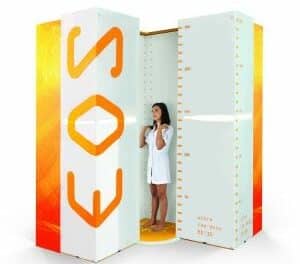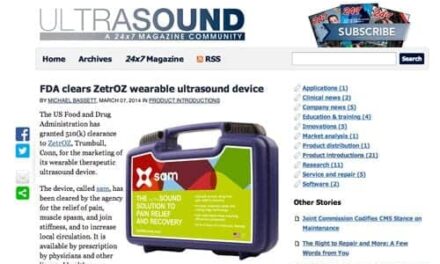At the annual meeting of the Society of Nuclear Medicine and Molecular Imaging June 6–10 in Baltimore, Siemens debuted a number of new technologies designed to improve the productivity and capabilities of molecular imaging. Among the offerings was the Symbia Evo, the company’s latest addition to its Symbia family of single-photon emission computed tomography (SPECT) and SPECT/CT systems. According to the company, the system boosts user productivity, potentially doubling a facility’s throughput.
The system aims to provide facilities with more time to plan treatment schedules, personalize studies, serve additional patients, and improve workflow efficiency. The Automated Quality Control and Automated Collimator Changer features help routine manual tasks, while the IQ•SPECT cardiac imaging solution shortens scan times. With advanced HD detector technology and high collimator sensitivity, the system provides 24% higher reconstructed image resolution to help clinicians make a more confident diagnosis. The Symbia Evo detector supports stretcher and hospital bed imaging, and the patient bed accommodates patients weighing up to 500 pounds. The lowest bed position offers easy access to patients with limited mobility.
In addition, the company showcased the Biograph RT Pro edition of Siemens’ Biograph mCT family of large-bore scanners, a comprehensive solution tailored for radiation therapy (RT) treatment planning, as well as new advanced RT functionality for its syngo.via for Molecular Imaging (MI) imaging software solution. Together, the solutions provide flexible post-processing options for both nuclear medicine and radiation oncology departments.
For more information, visit Siemens Healthcare.




